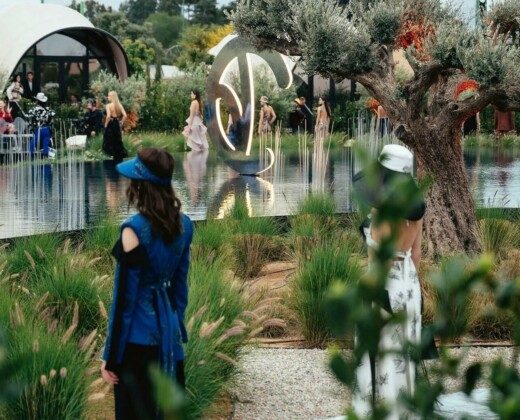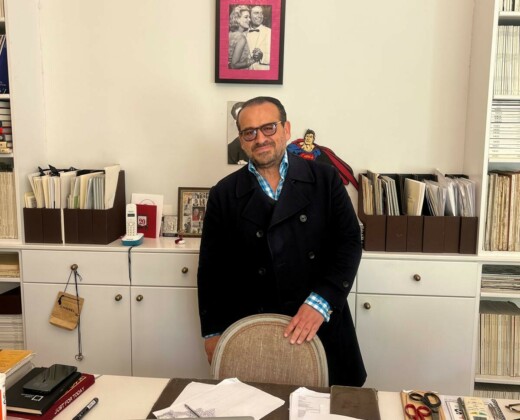Claudia Schiffer is one of the main, and most iconic, personalities to have marked the industry of fashion in the 90s. The supermodel’s story began at a night out in Düsseldorf, Germany, where she was discovered at the age of 17 to then be signed by the Metropolitan Model Agency. Schiffer soon became one of the elites of the modelling world, appearing on the covers of renowned magazines such as Elle, becoming the face of campaigns for Guess and Chanel, and being known as the “Brigitte Bardot” of fashion.
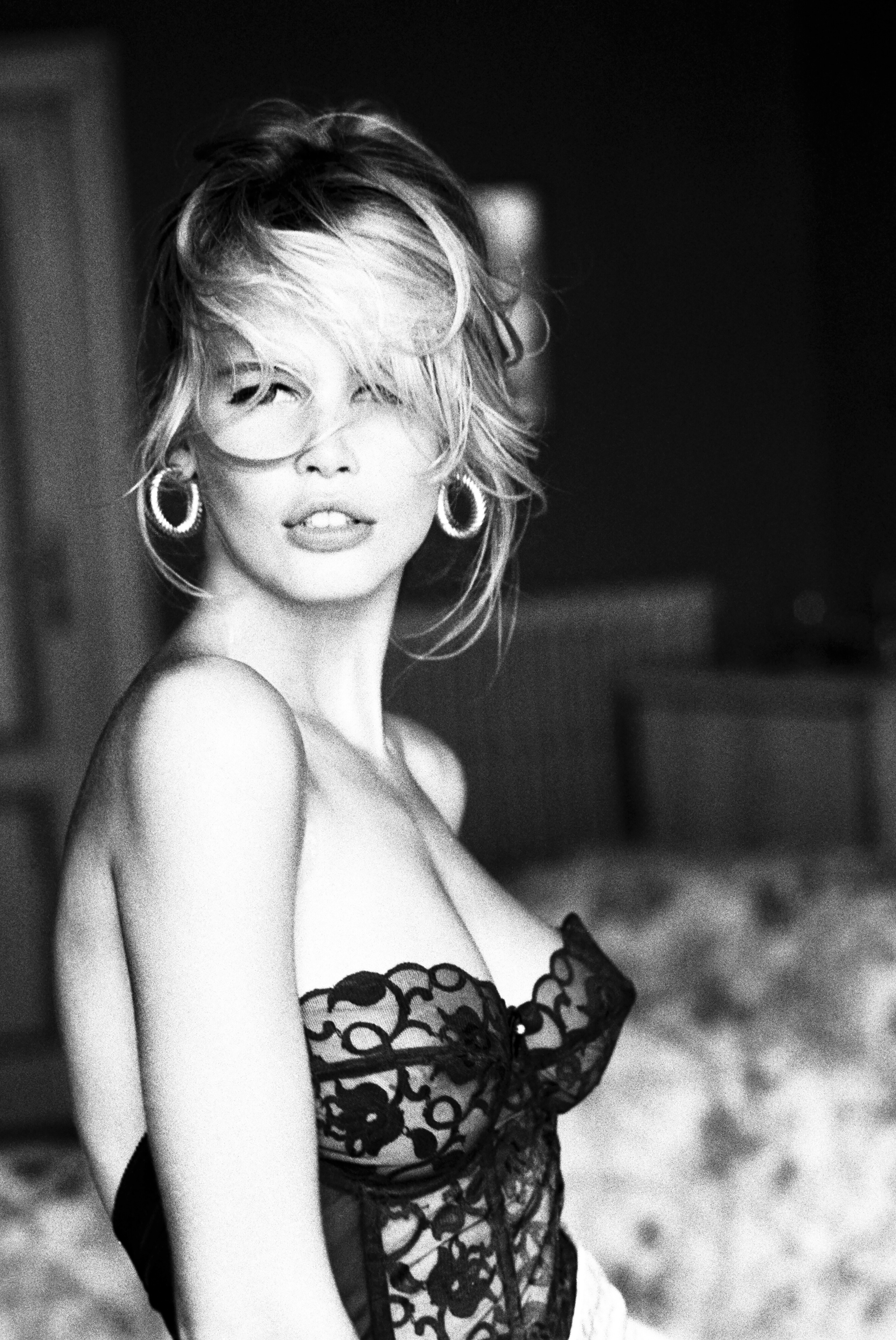
It is impossible to talk about the history of fashion, the Rockstar years of the 90s, and not refer to Schiffer – her beauty, countless catwalks, daring campaigns, and experience have influenced the fashion and modelling scene of today. But the supermodel hasn’t stopped influencing it, this time however she has decided to do it from behind the scenes. Claudia Schiffer has now invited us to look at the photography that marked the 1990s with Captivate! – an exhibition in Kunstpalast in Düsseldorf and its accompanying coffee-table book.
Captivate! is a chance to experience from Schiffer’s eyes, the 90s “golden era” through her own archive; to see what her favourite fashion visuals were, or how the photographs that didn’t make it to the covers and stands look like, but also appreciate the essays and words from the fashion pioneers she had the chance to work with.

Claudia Schiffer opened up to us about all of this and more, if you want to dive into her intentions when curating this book and exhibition check out our interview with her below.
What inspired you to work on Captivate?
Firstly, I really like the word Captivate!. The book and exhibition are about fashion photography in the 1990s and great images do ‘captivate’ the imagination and become part of the pop consciousness.
Since the beginning of my career, I have collected fashion images and worked and learned from true masters – Helmut Newton, Richard Avedon, Peter Lindbergh included – and my personal collection forms the basis of the book and exhibition. I wanted to encapsulate the vision of fashion that helped captivate and shape the perspective of a generation.
What does this book and exhibition represent for you and your career?
I have worked with such extraordinary, incredible people and I’m enjoying the different avenues my career has taken including roles where I am designing or curating collections, which felt like a natural next step for me. Working with the team at the Kuntspalast and with the contributors to the book including Carine Roitfeld, Ellen Von Unwerth and Christine Arp, has been amazing. I’ve learnt a lot and I always want to be learning.
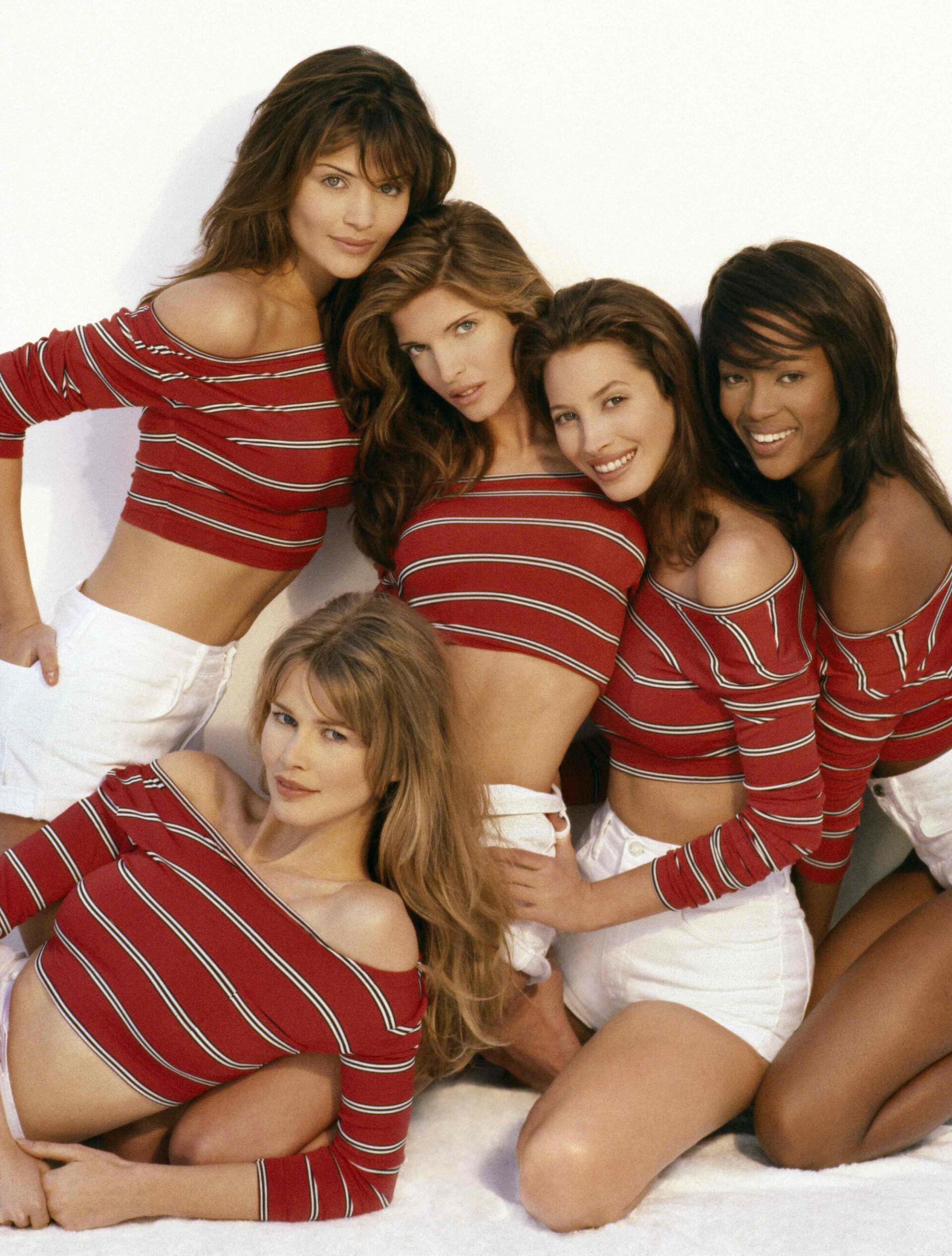
What would you like your followers and fans to get out of Captivate? Is there a specific message you’re trying to transmit through the photographs and stories that will be told?
First and foremost, the impact of the pandemic has severely affected the economic health of the arts and culture sector across the globe. Galleries, institutions, studios, and the people who work in both the public and private spheres are struggling for survival. My primary hope is that Captivate! both the exhibition and the catalogue attract a wide audience to the Kunstpalast and boost a love of fashion and photography. The experience of attending a show in real-time is unbeatable and the coffee table book brings the exhibition to anyone around the world who can’t attend.
What was your favourite aspect of working on Captivate? And how challenging was it to go through with this project throughout the pandemic?
It took time and a lot of patience – I mean there were literally thousands of images to choose from. And because I wanted to show the numerous formats of fashion photography in the pre-digital age – from fine art prints to Polaroids, contact sheets, fashion magazines, to campaigns and model cards – the selection was extensive. I wanted to also create strong contrasts between iconic covers shots, runway imagery and candid backstage snaps.
What made it? What didn’t? I always asked myself is this quintessentially 90s? and does the image truly represent the individual photographer’s eye? I also wanted to celebrate the teams of photographers, models, stylists, hair and makeup artists, and art directors that collaborated to make fashion happen. Where the 1980s were defined by perfectionist high glamour, the 90s was about energy, reality and personality, the show also captures that big shift.
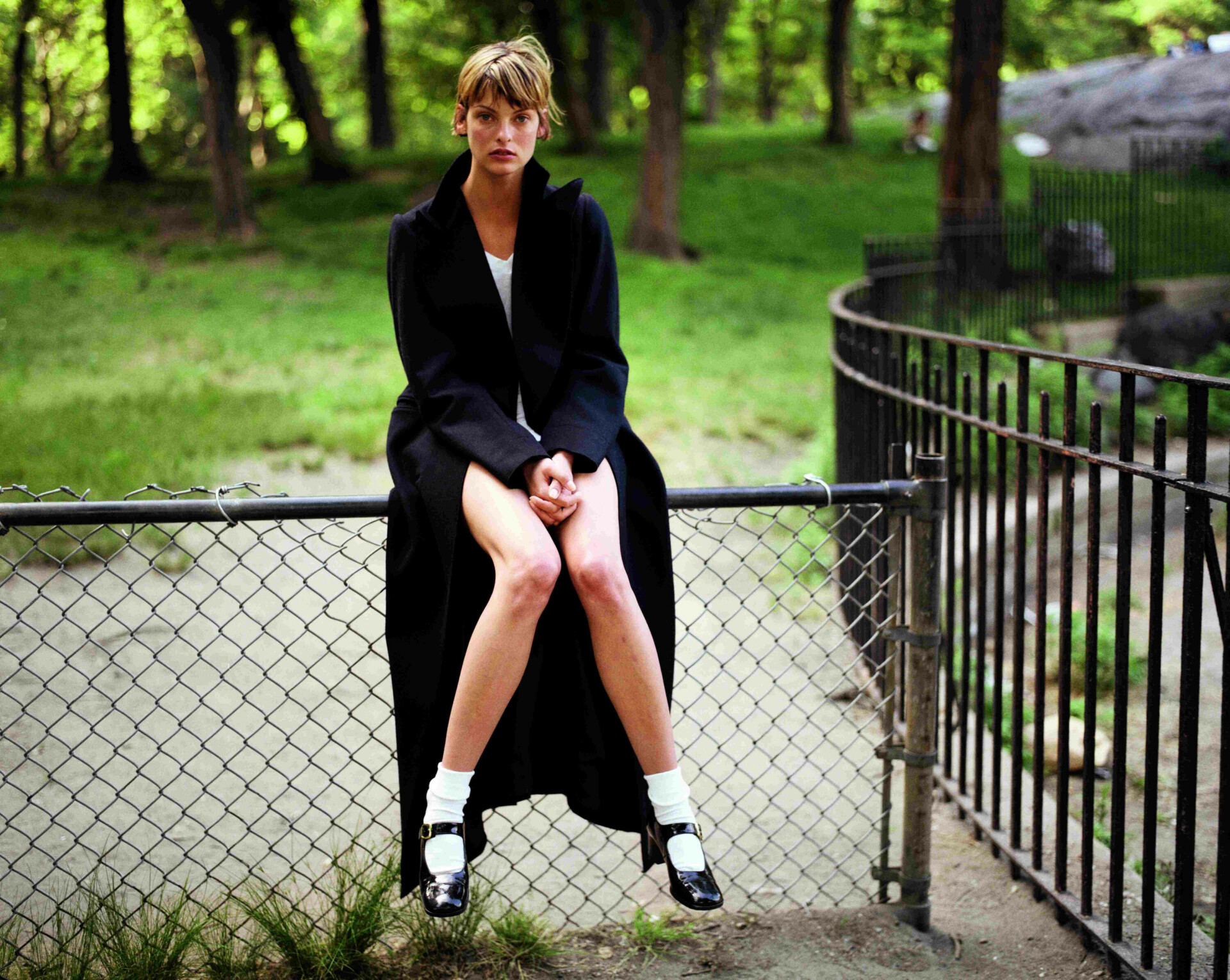
How do the images that will be shown in Captive differentiate from the current fashion photography landscape?
The 1990s was the last decade of the analogue era so everything was shot on film and tests were in the form of Polaroids to gauge light, composition, and colour. I wanted these formats as well as unseen and backstage images. Today, the edit happens on the screen and imagery can be consumed instantly via social media. In the 1990s, the magazines were like the bibles of fashion, with every cover and page eagerly dissected. Budgets were much bigger and literally, a location shoot could last for over a week – so many friendships were formed on these trips.
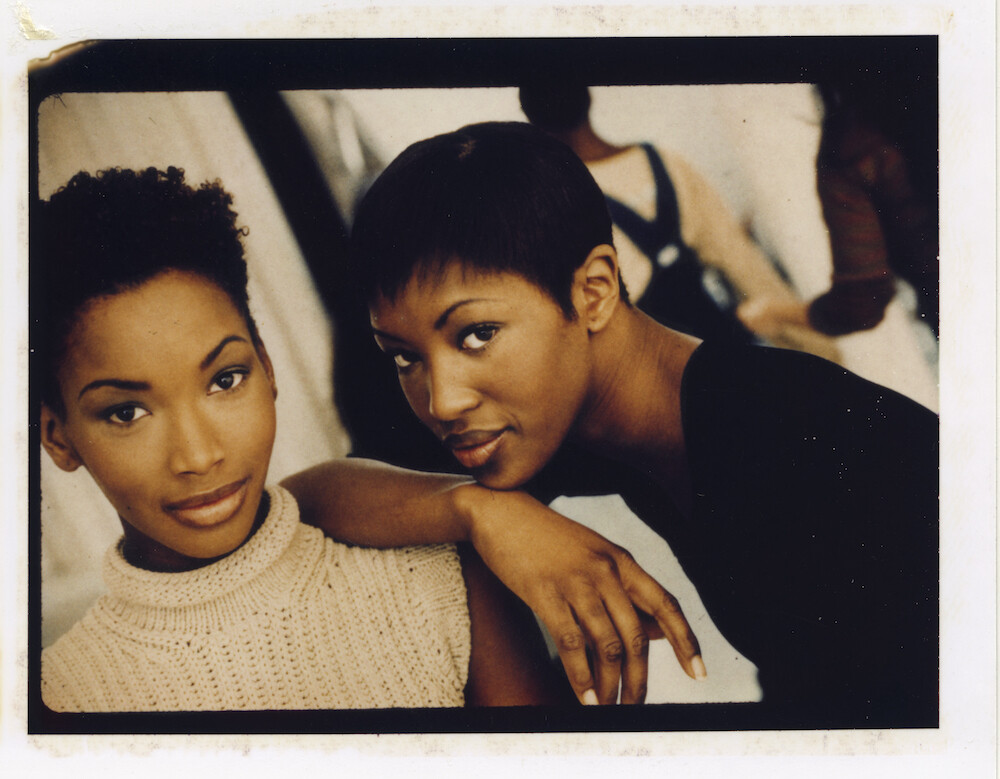
What do you think about the evolution from the pre-digital age to the digital one? How has it influenced the fashion and modelling world? And which one do you prefer?
I think the industry is fundamentally the same, but it has grown beyond my wildest imagination. There are more collections, brands, the pace is faster and social media has had a huge impact. It’s been great for marketing fashion and beauty products, and for models, social media is a superb way to manage your own exposure. The flipside of the big exposure is perhaps the pressure to share everything with everybody. In the 1990s, you could still have a private life.
Since the birth of social media, fashion has witnessed a big sea change. What’s interesting to see is the rise of the influencer. There’s so much talent today that is diverse in race, age and increasingly, size. Individuality and personal style and expression are being championed like never before. Non-professional models have become a vital source of inspiration for their peer groups as well as for designers. It’s so healthy to see such diversity in faces and styles.
And models now have a voice – they are true polymaths, entering fields such as activism, sustainability, fashion design, technology, wellbeing, acting and they can enjoy multi-track careers. I think the supermodels provided the template. There is no ‘ageing’ outlook at Naomi Campbell, Kate Moss, Amber Valletta, or Cindy Crawford and her daughter Kaia, Georgina Grenville, Carolyn Murphy and myself – we all continue to work. For me, curating a show and editing a book represents a challenging and fulfilling new avenue.
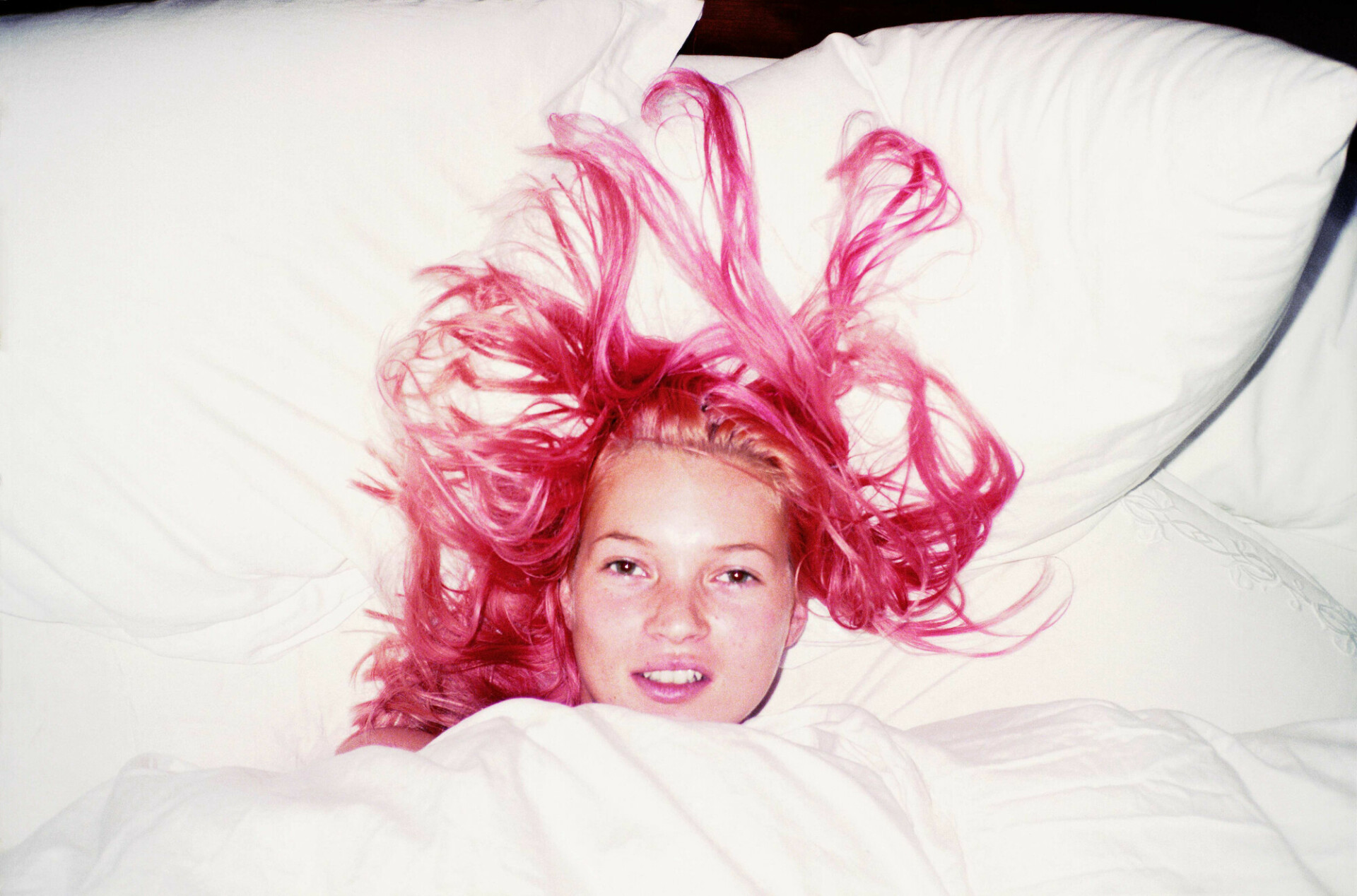
In regards to the modelling industry and your career, what would you say has been your biggest achievement? And will it be covered in Captivate?
The big task of editing Captivate! made me appreciate the 90s and the extraordinary creativity. I do miss the camaraderie and the adventures, but you can never ‘repeat’ such a time. Some of my best memories include my first show, which was for Karl and Chanel and was very special. It was the pivotal moment in my career that transformed me from a shy teenager into a supermodel. Then there were Gianni’s shows, which were like rock concerts. We’d walk to an amazing Prince track with hundreds of photographers lining the catwalk, only to see him sitting there at the front row. For the exhibition, Donatella re-created a brilliant azure blue dress which I wore in the A/W 94 couture show: it’s divine. By contrast, Valentino shows were like stepping into a fairy-tale world while Dolce & Gabbana’s evoked the exuberant Italian dream. You really have to step into character and perform: the runway experience is like nothing else.
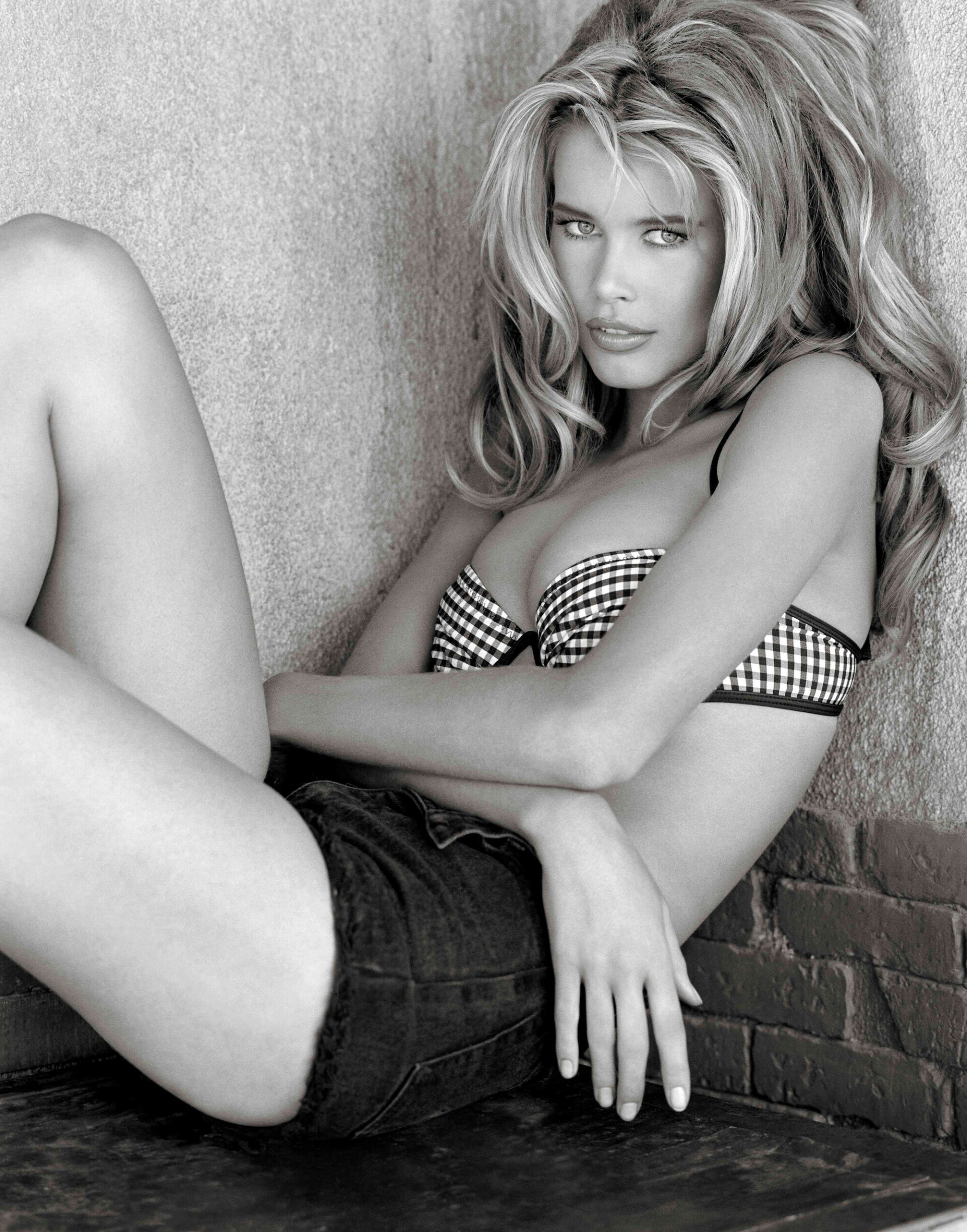
How would you describe Captivate in 3 words?
Captivating! Joyous! A revelation!
Are you working on any other future projects?
I’m very lucky to love what I do, so design collaborations and curating roles felt like a natural next step for me. In addition to the book and Kuntspalast Captivate! fashion photography show that I curated, I have a glassware and ceramics collaboration with the wonderful Portuguese heritage brands Vista Alegre and Bordallo Pinheiro. The collections (launched last year) are inspired by my love for nature and there are new ranges coming out in 2022. I so enjoy learning about the craftsmanship behind these makers and drawing up shapes and motifs.
I also have just collaborated with the lovely brand Réalisation Par, which I discovered via my daughter Clementine. The range is out now and is very much inspired by the 90s and the kind of pieces I used to wear on a daily basis. I looked into my archive collection and found silk slip dresses, daisy prints and a classic black and white microdot – these finds were the starting point.
Captivate! Fashion Photography From the ‘90s edited by Claudia Schiffer is published by Prestel in hardback on 19th October RRP £49.99. The accompanying exhibition will be at Kunstpalast Düsseldorf from 15thSeptember 2021 – 9th January 2022. For more information, please visit: https://www.kunstpalast.de/
Words By Chiara Ferrari, Graphics by Millie Pollock







